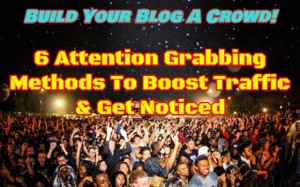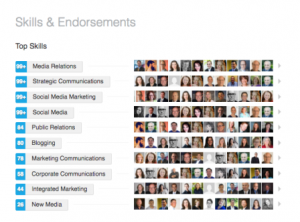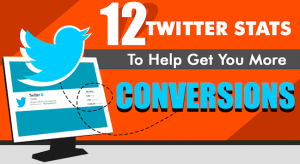
All of the most successful digital marketing campaigns have one thing in common:
The entire campaign, from initial advertisement to final website landing page, is fully cohesive.
Because its components are linked together in a relevant, obvious way, your prospects know what to expect and are therefore satisfied when later stages of the campaign deliver on their expectations.
Of course, this increases your credibility and their trust in your organization.
Conversely, when even one aspect of your digital marketing campaign is out of whack, the website visitors your organization worked so hard (or paid so faithfully) to acquire fly the coop.
4 telltale signs your digital marketing campaigns should be more cohesive:
- Poor advertisement clickthrough rate: No one ever clicks your ads to visit your website.
- High website bounce rate*: If visitors do click through, they arrive and leave almost immediately.
- Poor website response rate: If you’re getting clicks and website visitors aren’t bouncing, they’re not taking any action on your website.
- Low marketing ROI overall: You’re getting ad clickthroughs, visitors are sticking around for a few seconds at least, and they’re taking a few actions here and there… but your marketing return on investment is still too low to justify its cost.
*Be careful with the singular assumption that a high bounce rate is inherently bad. Remember to thoroughly analyze website analytics!
The #1 fastest way to boost website conversion rate and ad response is to craft a more “inter-relevant” marketing strategy.
But how?
To improve marketing effectiveness and ROI, we must stop thinking of the following four aspects individually.
Instead, we must think of these as four inseparable pieces of a complete digital marketing campaign:
The initial advertisement1
…in some online venue2
…which drives traffic to your website3
…whose goal is to sell your primary offer4.
All four components must provide what your prospect expects. If either one is out of whack, your leads will not convert from “prospect” to customer—no matter how amazing each one is on its own.
In this sense, a website’s conversion rate is influenced by more than the content physically residing on the site. Many things go into it: traffic sources, quality of traffic, ad copy, and more.
This is why maintaining a purposeful interconnectedness in your digital marketing strategy can boost website conversion rate.
Make sense?
The Reveal
Now, you understand why the #1 reason most digital marketing campaigns fail is a lack of interconnectedness. Next week, we’ll discuss the 4 mandatory components of successful digital marketing campaigns, and show you what NOT to do–including a real-world example of one campaign fail.
(229)
Report Post







